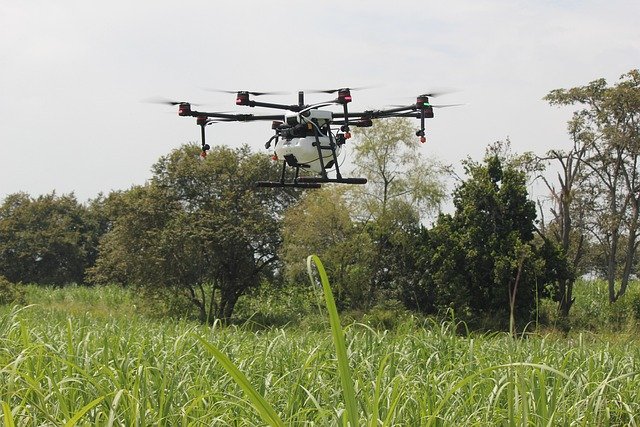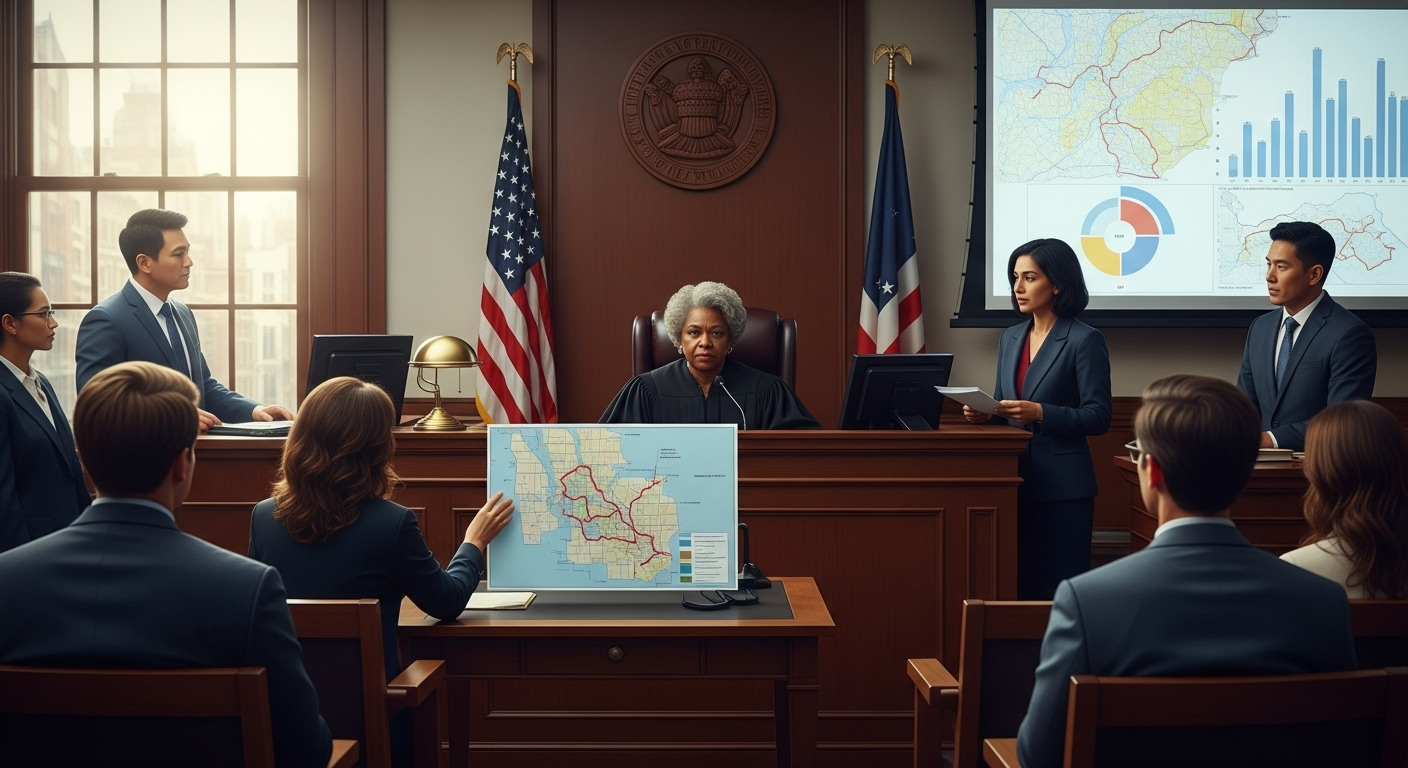The Enigmatic World of Drone-Based Performance Art
In a groundbreaking fusion of technology and artistic expression, drone-based performance art is captivating audiences worldwide. This emerging genre pushes the boundaries of creativity, combining aerial robotics with choreography, light shows, and interactive elements. As drones evolve from mere tools to active participants in artistic narratives, they're reshaping our understanding of space, movement, and human-machine interaction in the realm of performance.

Choreographing the Sky
At the heart of drone-based performance art lies intricate choreography. Artists and programmers collaborate to design flight patterns that transform groups of drones into living, breathing entities. These aerial ballets require precise coordination, with each drone’s movement timed to the millisecond. The result is a mesmerizing display of synchronized flight, often set to music or integrated with live performers on the ground.
Painting with Light and Sound
One of the most striking aspects of drone performances is the use of light. Equipped with LED systems capable of producing millions of color combinations, drones become pixels in a three-dimensional canvas. Artists manipulate these airborne light sources to create stunning visual effects, from abstract patterns to recognizable images that morph and evolve in real-time. Some performances incorporate sound elements, with drones emitting tones or carrying speakers to create immersive audiovisual experiences.
Interactive and Responsive Performances
Cutting-edge drone performances are pushing beyond pre-programmed routines to incorporate interactive elements. Using sensors and real-time data processing, drones can respond to audience movements, environmental factors, or even social media inputs. This level of interactivity blurs the line between performer and spectator, creating a unique and participatory experience for each audience member.
The Technical Challenges and Innovations
Behind the spectacle of drone performances lie significant technical challenges. Wind resistance, battery life limitations, and the need for failsafe mechanisms are just a few of the hurdles artists and engineers must overcome. Innovations in swarm intelligence, machine learning, and autonomous flight systems are continually expanding the possibilities for aerial artistry. These advancements not only enhance the complexity and scale of performances but also improve safety and reliability.
Cultural Impact and Future Directions
Drone-based performance art is more than just a technological novelty; it’s a reflection of our evolving relationship with machines and our expanding definition of art itself. As these performances grow in popularity, they’re influencing other artistic disciplines and sparking discussions about the role of technology in creative expression. Looking ahead, the integration of augmented reality, holographic projections, and even more advanced AI systems promises to take this art form to new heights, both literally and figuratively.
Ethical Considerations and Societal Implications
As with any emerging technology, drone-based art raises important ethical questions. Privacy concerns, potential misuse of drone technology, and the environmental impact of large-scale performances are all topics of ongoing debate within the artistic community and beyond. Artists working in this medium often find themselves at the intersection of art, technology, and social commentary, using their platforms to address these complex issues through their work.
Global Reach and Cultural Exchange
Drone performances have the unique ability to transcend language barriers and cultural differences, making them a powerful tool for global artistic expression. International festivals and collaborations are bringing together artists from diverse backgrounds to create breathtaking spectacles that unite audiences worldwide. This cross-pollination of ideas and techniques is driving innovation and fostering a global community of aerial artists and enthusiasts.
The Audience Experience
For spectators, drone-based performances offer a wholly new way of experiencing art. The three-dimensional nature of these shows, often taking place in unconventional outdoor spaces, challenges traditional notions of the stage and audience positioning. Viewers find themselves immersed in a dynamic environment where the boundaries between sky and earth, performer and audience, are constantly shifting. This unique perspective not only entertains but also encourages reflection on our place within the natural and technological worlds.
Conclusion: A New Frontier in Artistic Expression
As drone-based performance art continues to evolve, it stands as a testament to the boundless creativity of artists and the transformative power of technology. This emerging genre not only dazzles with its visual spectacle but also provokes thought about the future of art, human-machine interaction, and our collective imagination. As we look to the skies, we find not just flying machines, but a canvas for dreams, ideas, and the limitless potential of human creativity.





